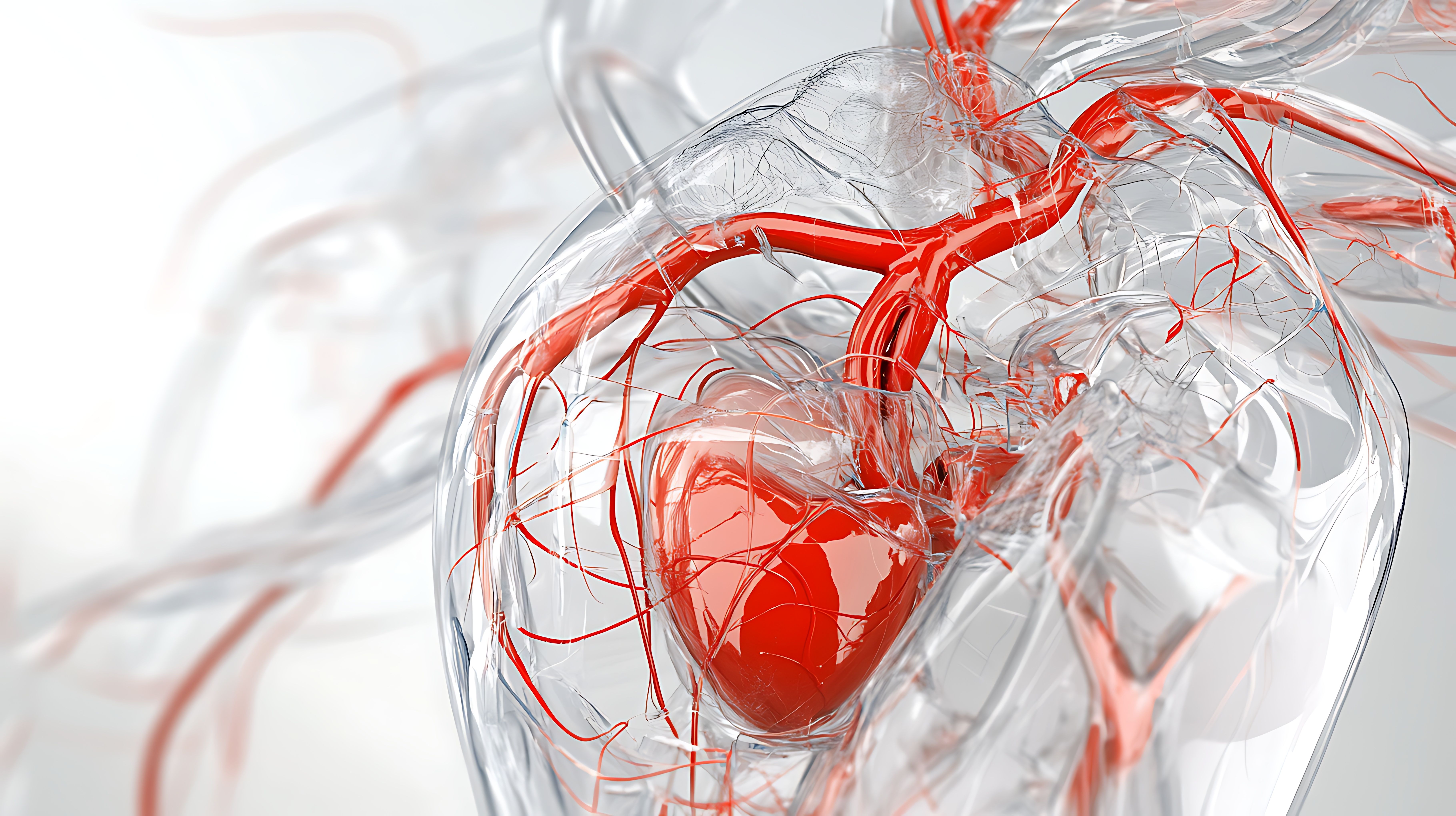Article
Cleveland Clinic Announces Top 10 Medical Innovations for 2020
Author(s):
Cleveland Clinic announced the top 10 medical innovations for 2020, which details the medical advancements that have the potential power in transforming healthcare in the next year, at a multimedia presentation during the 2019 Medical Innovation Summit.
Cleveland Clinic announced the top 10 medical innovations for 2020, which details the medical advancements that have the potential power in transforming healthcare in the next year, during the 17th annual Medical Innovation Summit (MIS).
A panel of physicians and scientists, led by Michael Roizen, MD, Emeritus Chief Wellness Officer at Cleveland Clinic, presented the transformative medical innovations in a multimedia presentation that culminated MIS 2019. In order of anticipated importance, the panel listed their top 10.
1. Dual-Acting Osteoporosis Drug
A recent FDA approval of a new dual-acting osteoporosis drug, romosozumab, has given patients with the disease a new preventive treatment for managing the risk of bone fractures. The drug will serve as a unique treatment that displays both anabolic and antiresorptive qualities that contribute to slowing down bone loss while building new bone results in more bone building.
2. Expanded Use of Minimally Invasive Mitral Valve Surgery
In approximately 1 in 10 individuals over the age of 75, the mitral valve, which allows blood flow from the heart’s left atrium to the left ventricle, becomes defective, causing regurgitation, known as mitral valve regurgitation (MR). A device to treat MR, named transcatheter, has revolutionized the cardiac industry and provided patients with a less invasive solution for their regurgitation. In March 2019, the FDA expanded the use of the device to include people with secondary or functional MR even with optimal medical therapy, effectively increasing treatment options for this demographic.
3. Inaugural Medication for Transthyretin Amyloid Cardiomyopathy
In May 2019, an approval of 2 drug formulations of the compound known as tafamidis provided patients with 1 of the 2 main types of amyloid cardiomyopathy, known as transthyretin amyloid cardiomyopathy (ATTR-CM), a novel therapy for their disease, which currently has no existing treatments. The treatment will address an unmet need among patients with the condition, and it is cited as not only potentially improving survival, but preserving quality of life as well.
4. Therapy for Mitigation of Peanut Allergies
Development of a new oral immunotherapy medication to gradually build tolerance to peanut exposure provides an exciting opportunity for 2.5% of Americans who have peanut allergies. The oral biologic drug Palforzia, which was recommended for approval by an FDA expert panel last month, will possibly be the first-ever drug to treat life-threatening peanut allergies in children and assist in lessening fears of exposure.
5. Closed-Loop Spinal Cord Stimulation
Spinal cord stimulation has served as a popular treatment for chronic pain, but unsatisfactory outcomes deriving from subtherapeutic or overstimulation events have common occurrence. Closed-loop stimulation will ameliorate these instances by allowing for better communication between the device and the spinal cord, providing more optimal stimulation and lessening the need for prescribed opioid medication.
6. Biologics in Orthopaedic Repair
The use of biologics, such as cells, blood components, growth factors, and other natural substances, assist in replacing or harnessing power within the body and promote healing. The use of these elements can improve treatment for patients after orthopaedic surgery, which can take months to years to recover. Potentially expediting improved outcomes will benefit patients undergoing this surgery.
7. Antibiotic Envelope for Cardiac Implantable Device Infection Prevention
Antibiotic-embedded envelopes, made from mesh material to prevent infection, are now available to surround cardiovascular implantable electronic devices (CIED), which are administered to roughly 1.5 million patients each year. Infection within these patients can cause potentially life-threatening complications, and the use of this material to encase CIED effectively prevents this risk.
8. Bempedoic Acid for Cholesterol Lowering in Statin Intolerant Patients
The use of bempedoic acid in lowering low-density lipoprotein cholesterol provides patients with an alternative approach to treating their high cholesterol. As some patients experience unacceptable muscle pain with statin use, which is the typical treatment for patients with high cholesterol, the new treatment provides the nearly 40% of adults in the United States who suffer from high cholesterol levels with a viable alternative.
9. PARP Inhibitors for Maintenance Therapy in Ovarian Cancer
For ovarian cancer treatment, the use of poly (ADP ribose) polymerase (PARP) inhibitors have shown improved progression-free survival and are now being approved for first-line maintenance therapy in advanced stage disease. PARP inhibitors block the repair of damaged DNA in tumor cells that is attributed to cell death and are set to continually improve outcomes in cancer therapy.
10. Drugs for Heart Failure with Preserved Ejection Fraction
Heart failure with preserved ejection fraction (HFpEF), also known as diastolic heart failure, is a condition where ventricular heart muscles contract normally, but do not relax as usual which can cause the heart to not properly fill with blood and inhibit the relay of pumped out blood in the body. The use of sodium glucose cotransporter 2 inhibitors, a class of medications used in the treatment for type 2 diabetes, is now under consideration for treatment of HFpEF, providing a possible new option for patients.




